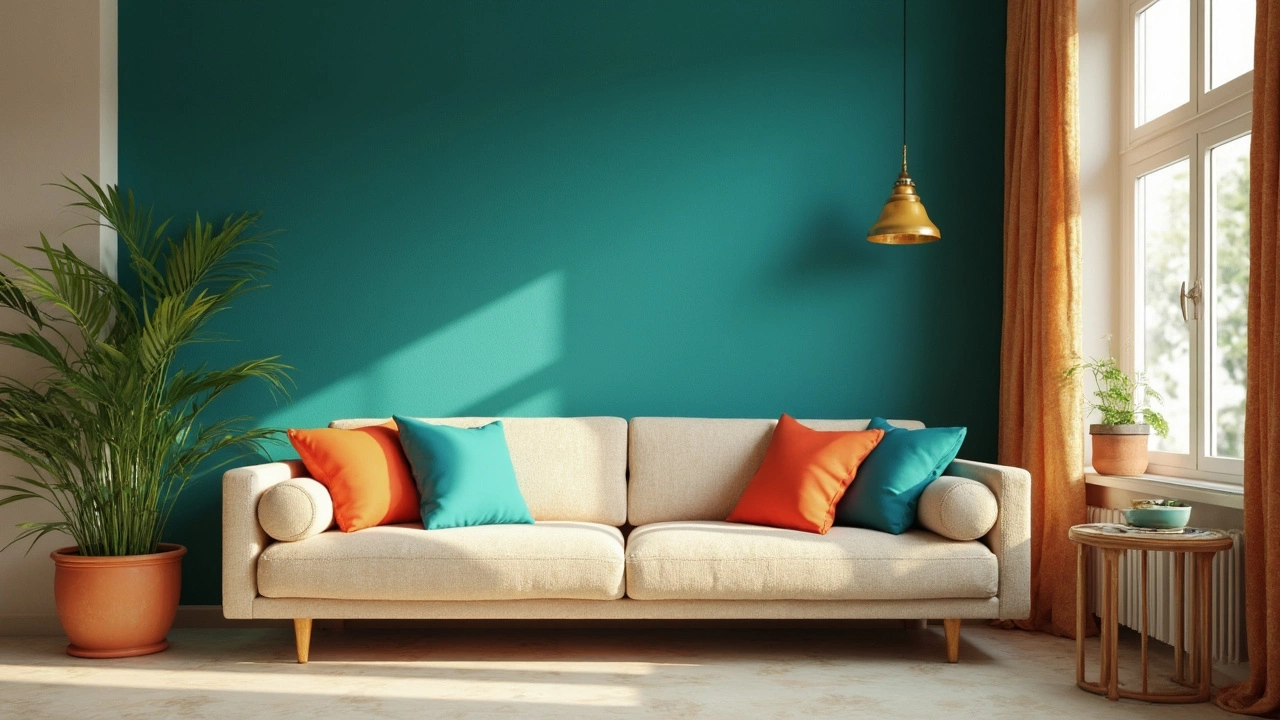
Curtains vs. Couch: Should Curtains Be Lighter or Darker Than Your Sofa?
Ever wondered if curtains should be lighter or darker than your couch? This article breaks down how curtain shades play off your sofa, affecting the room’s vibe and look. Learn how to use color to balance light, space, and design without the headaches of complicated décor rules. We’ll look at real-life scenarios, easy tricks, and pitfalls to avoid. Get ready for clear, real-world advice on picking curtain colors that truly work.
View More
